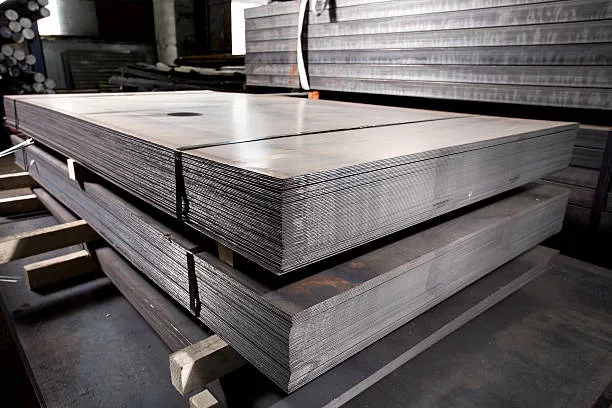Iron, a staple of ancient civilizations, is carving its niche within the modern push for renewable energy solutions. The quest to bolster the grid’s resilience with reliable, cost-effective, and sustainable energy storage has reawakened interest in this abundant metal, thrusting it into the frontline as a hero material for long-duration energy storage technologies.
Understanding the Imperative for Advanced Energy Storage Systems
Despite the lithium-ion battery’s stronghold as the predominant storage solution for balancing renewable energy production, its limitations are becoming apparent. The need to manage electricity for longer durations requires a more robust solution than what current lithium-ion technology can offer, driving the U.S. Department of Energy to invest $75 million in the pioneering Grid Storage Launchpad. The underlying goal is to develop systems capable of supporting a grid heavily reliant on intermittent energy sources for bouts extending beyond the standard four hours.
The focus is not only on extending energy reserves but also on managing costs through the use of Earth-abundant materials. These alternatives are expected to sidestep the challenges tied to lithium-ion batteries, including supply chain volatility, toxicity, high costs, and fire hazards. While pumped hydropower has offered some respite, its geographical limitations necessitate the exploration of more universally applicable solutions.
The Resurgence of Iron in Energy Innovations
Iron sustains its legacy from the Iron Age, continuing to dominate industrial applications. Today, it steps into the energy domain, appearing in small-scale storage and electric vehicle batteries, such as those developed by CATL. U.S. startups like ESS are also capitalizing on iron’s potential, with the support of the Department of Energy, by commercializing iron-based flow batteries—systems where specialized fluids generate electricity through interaction.
ESS’s forays, including partnerships with companies like Honeywell, signal the market’s readiness for iron’s large-scale deployment in the energy sector. Progress in the field is further evidenced by ventures like Form Energy, which is pioneering an iron-air battery system and setting up a factory in West Virginia, an iconic coal and natural gas state. This move underscores a deeper industrial shift towards cleaner energy technologies, despite some conflicting political narratives.
Revolutionizing Energy Storage with Iron Innovations
Researchers from the Pacific Northwest National Laboratory are pushing the frontiers with an iron-based, water-soluble flow battery that demonstrates incredible stability over numerous charge cycles. Utilizing common industrial chemicals like NTMPA, familiar in water treatment applications, the team devised an electrolyte that works harmoniously with iron at ambient conditions. This solution promises to achieve high energy densities while circumventing the costs associated with current vanadium flow batteries.
This effort epitomizes the broader ambition fueled by the forthcoming Grid Storage Launchpad, aimed at expediting the evolution of such promising energy storage technologies from lab-scale innovation to mainstream commercial availability. It’s clear that iron, an element once synonymous with a bygone era, is now forging a path for a sustainable, electrified future.

























